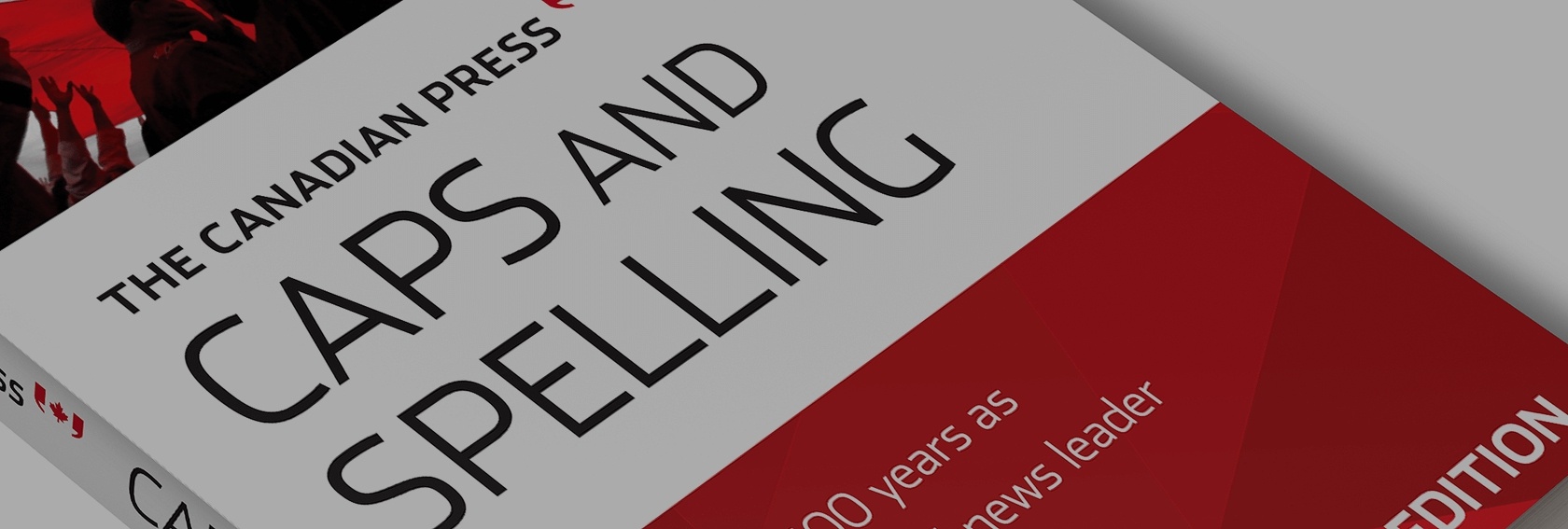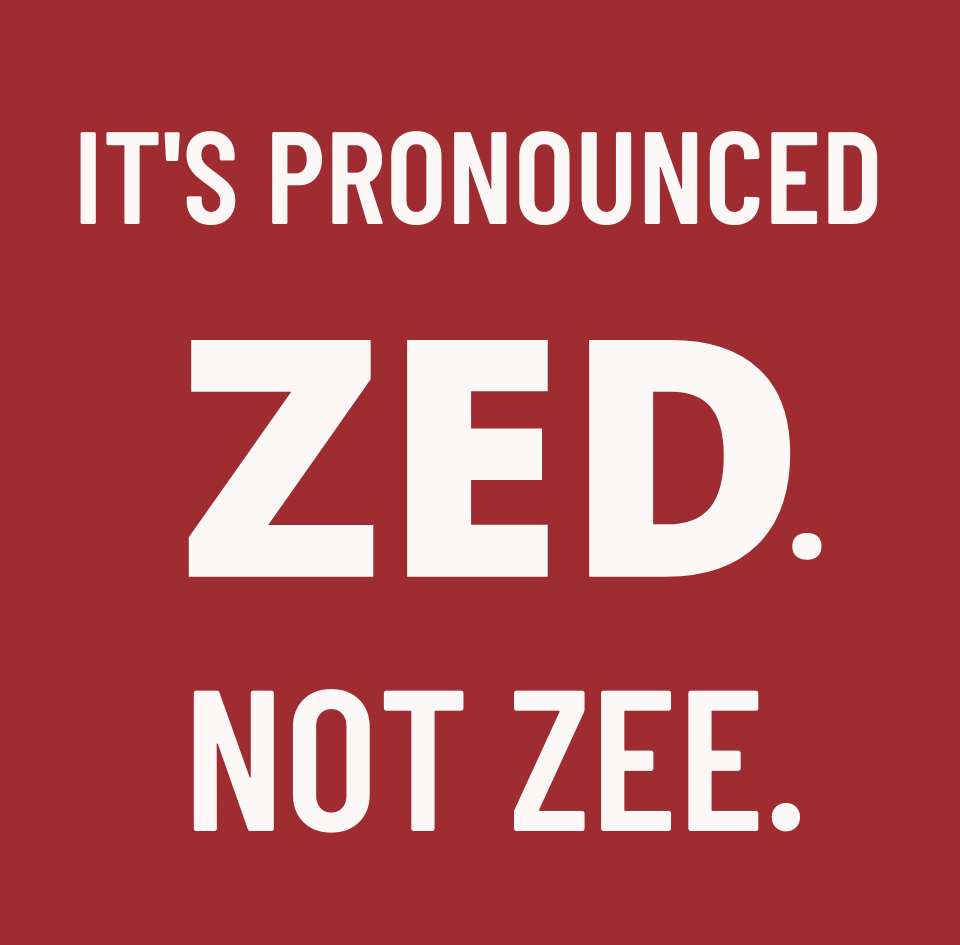Modules
5. The Canadian Way, eh?
Mary Vallis
Canadians have their own unique way of writing and spelling, just as any distinct group does. The way information is presented in Canadian English is similar to how it’s presented in the United States, but not exactly. It’s also similar to the way information is presented in Britain, but not exactly. Both countries have influenced how Canadians speak and write, but a distinct “Canadian way” has developed over time.

This is what forms the basis of CP style.
CP style is presented in two basic books: the CP Stylebook, and the Canadian Press Caps and Spelling. Together, they set out the basic rules for how words should appear in any Canadian publication that adheres to CP style.

The CP Stylebook is a seminal reference book for journalists in Canada. It’s available as a paperback or an online version. It contains important information about CP style — what to capitalize, how words should be spelled and the basic principles for presenting information — As well, it includes important information about covering news in Canada, such as techniques for conducting interviews, and advice about how to write breaking news and generally structure sentences for written stories or broadcast versions.

The second, smaller book is a nitty-gritty guide to how to spell, capitalize, abbreviate and hyphenate frequently used words in CP style. It’s been around since 1965. The best way to learn which specific words, phrases and rules are in it is to flip through the book and take a look at what’s there. It’s organized alphabetically. You may be surprised by how detailed this slim book is for the amount of information it contains. Who knew there was a “Canadian way” of spelling cantaloupe?
Though the entries in Caps and Spelling may appear random the first time you flip through the book, there are a few important organizing principles at play.
Presenting Information the “Canadian way”
Canadian Press style follows a “modified down” style, which means words are generally capitalized sparingly. This generally makes text easier to read because your eye doesn’t stop on Every Single Capital Letter in a Sentence (see what we did there?).
You may have noticed that the “Canadian way” of spelling words often means adding a “u” or a double consonant, the way this phrase appears: gruelling labour. CP’s caps and spelling rules generally agree with these principles. CP style includes the “u” in words that have more than one syllable and in which the “u” is not pronounced, and most words ending in “ing” where you have seen double consonants appear generally take them in CP style as well.
Here is a quick guide to some of the most common words that follow these principles:
| CP Style | Not CP Style |
|---|---|
| flavour | flavor |
| labour | labor |
| harbour | harbor |
| mould | mold |
| vigour | vigor |
| clamour | clamor |
One quick way to remember the rule on “u”s is this phrase: “U are writing in Canada.” If there might be a U in the word you’re questioning, your best bet is to look it up in Caps and Spelling to double check. The same goes with words that may or may not include double consonants.
Another aspect of “Canadian” language is the use of Z rather than S in some words (and that’s pronounced “Zed” in Canada, not “Zee,” which is the American way of pronouncing this letter). On words you’ve seen take “se” or “ze” endings, Canadian Press style prefers the Z, such as agonize (not agonise) or analyze (not analyse). Basic rule? If you can use a Z, do it. Canadians love their zeds.

As a Canadian journalist, you could also be on the lookout for opportunities to use double Ls when adding suffixes (endings) to words. The most common example is “traveller.” It can be spelled traveler, but the CP style way is to include the extra L. Think of it as giving your traveller two legs to walk on — the Ls are the legs. Other examples are signalling (not signaling) and cancelled (not canceled).
Canadian spellings also prefer “re” endings to “er” endings, such as centimetre (not centimeter) and centre (not center). The same goes for “ce” endings on nouns instead of “se” endings, such as driver’s licence (not license) and defence (not defense).
Important Exceptions to Canadianization
There are also important exceptions to presenting words the “Canadian way.” If you are presenting the proper name of a place, spell it the way it’s actually spelled, even if it runs counter to CP style.
Here are some examples:
- The U.S. Centers for Disease Control and Prevention (CDC)
- Harbor Lake, Sask.
- The Color Purple, written by Alice Walker
If there are several ways a word can be spelled, look it up in your CP resources to ensure you’re presenting it the CP way! If the word you’re looking for is not found in either CP book, the accepted fallback is the Canadian Oxford Dictionary.
Your Turn
Activity 5.1
Activity 5.2
Further Resources
Media Attributions
- Kid wrap Canada Flag © Ksenia Makagonova is licensed under a CC BY (Attribution) license
- The CP Stylebook 19th Edition is licensed under a CC BY-NC (Attribution NonCommercial) license
- 22nd-edition-caps-and-spelling-mockup-update-2018-1680×567 is licensed under a CC BY-NC (Attribution NonCommercial) license
- Fun play with Canadian Z pronunciation © Peiyuan Li is licensed under a CC BY-NC (Attribution NonCommercial) license

